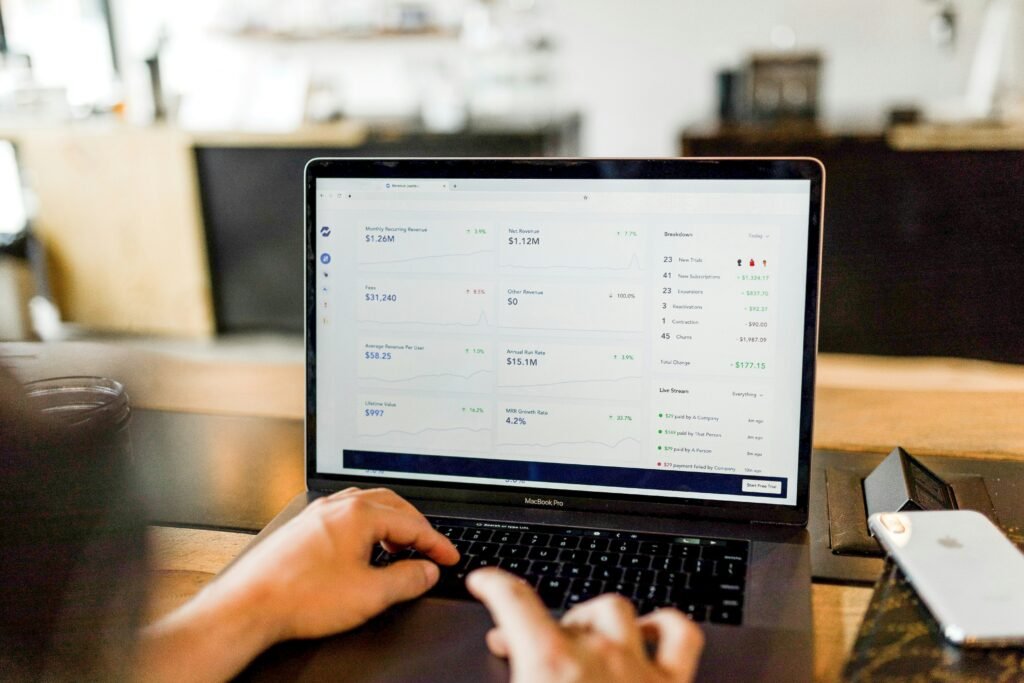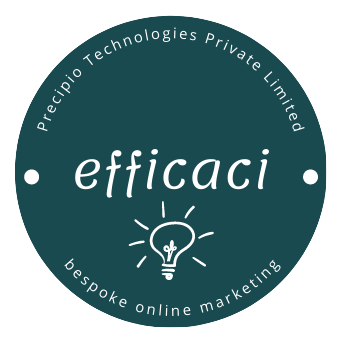In today’s fast-paced digital world, video has become an indispensable tool for marketers. But success in video marketing isn’t just about creating eye-catching clips—it’s about guiding your audience through a structured journey. This journey is called the video marketing funnel. Over years of refining this approach, I’ve discovered how crucial it is to craft distinct video experiences at every stage of the funnel to nurture viewers from initial awareness to confident decision making.
This comprehensive guide will help you understand every aspect of the video marketing funnel and how to leverage it to maximize engagement, trust, and sales.
What Is a Video Marketing Funnel?
At its core, the video marketing funnel is a strategic framework that aligns video content with the stages of your prospects’ buying journey. It segments the customer experience into three key phases:
- Awareness (Top of Funnel): Where viewers discover your brand or message for the first time.
- Consideration (Middle of Funnel): Where viewers seek to understand the value and relevance of your offer.
- Decision (Bottom of Funnel): Where viewers decide whether to take the desired action—buy, sign up, or engage further.
Unlike random video posting, a video marketing funnel is designed deliberately, with videos crafted to meet the psychological and informational needs at each stage. This intentionality accelerates trust-building and conversion.
Strategy: Mapping the Customer Journey
Developing a strong video marketing funnel starts with a solid strategy. This requires deep audience research—knowing who your prospects are, where they hang out online, their pain points, and what motivates their decisions.

Once you understand your audience, map out their journey. For each stage:
- Define the video’s goal—awareness, education, or conversion.
- Decide the most effective platforms for distribution—YouTube, Instagram, LinkedIn, or your website.
- Plan calls to action that fit naturally within each video’s context.
Metrics are essential at this stage. Set measurable KPIs like view duration, click-through rate, social shares, and conversion rates to evaluate performance. Without metrics, optimization is guesswork.
Viewer Awareness: Creating Lasting First Impressions
Top-of-funnel videos marketing collaterals are your brand’s first handshake with many potential customers. This stage is about capturing interest quickly and memorably. Since attention spans online are incredibly short, I focus heavily on strong hooks—whether it’s a surprising fact, a relatable problem, or an emotional cue.
Popular formats include:
- Explainer Videos: Simplify complex ideas or present common problems your product solves in an engaging way.
- Short Social Media Clips: Designed for quick consumption on platforms like Instagram Reels or TikTok, these videos maximize visibility through shareability.
- Brand Story Videos: Showcase your mission, values, and personality to build an emotional connection that transcends selling.
The tone here is friendly and informative, avoiding hard sales pitches. The aim is curiosity—planting seeds for deeper engagement later. Every viewer should leave with a positive impression and a reason to explore further.
Viewer Consideration: Educating and Nurturing Trust
In the video marketing funnel’s middle stage, viewers actively evaluate your offerings. They want to know if your product or service truly fits their needs. Videos here deepen trust by educating and providing social proof.
Effective middle-funnel videos include:
- Instructional or How-To Videos: Teach viewers how to solve problems or make improvements even before buying. This positions your brand as a helpful authority.
- Expert Webinars and Interviews: Provide valuable insights and allow viewers to engage live or through Q&A sessions, establishing credibility.
- Case Studies and Behind-the-Scenes: Real-world examples and transparency about your process humanize your brand and validate your claims.
Calls to action guide viewers gently towards next steps, such as downloading detailed guides, subscribing to newsletters, or signing up for free trials. Interaction is key—comments, shares, and questions boost engagement and algorithm favor.
Viewer Decision Making: Driving Confident Conversions
The decision stage is where cold leads become paying customers. Here, videos must remove last-minute doubts and create a sense of urgency or exclusivity. The content becomes more personalized and persuasive.
I rely on:
- Customer Testimonials and Reviews: Genuine stories of satisfaction build authenticity. Video testimonials outperform text reviews by connecting emotionally.
- Detailed Product Demonstrations: Walk viewers through key features, benefits, and use-cases to answer “last-mile” questions.
- Personalized Video Offers: Retargeting warm leads with videos that include special discounts, limited-time deals, or custom messaging that speaks directly to their interests.
Successful decision-stage videos incorporate strong calls to action that are clear and urgent—whether it’s “Buy now,” “Schedule a demo,” or “Claim your offer.” Combining emotional appeal with logical proof is essential.
Choosing the Right Content Formats and Length
Each video marketing funnel stage benefits from specific video types and durations:
- Awareness: Short-form (under 60 seconds), mobile-friendly vertical videos designed for social sharing, optimized with catchy intros and subtitles.
- Consideration: Long-form videos (3–10 minutes) that go deeper into education and storytelling, suitable for YouTube or email content.
- Decision: Medium-length videos (1–5 minutes) that balance conciseness with thorough explanations or testimonials. Personalized video clips are especially powerful here.
Repurposing content in different formats maximizes reach and maintains message consistency. For instance, a webinar can be segmented into short clips for social media and a detailed video for email nurturing.
Measuring and Optimizing Vioe Marketing Funnel Performance
Data drives decisions. I continuously monitor viewer drop-off points, engagement levels, and click behavior. If a top-of-funnel video generates views but low engagement, I revisit the hook or video quality. If decision-stage videos get clicks but fail to convert, I analyze the offer’s clarity or landing page.

Tools such as YouTube Analytics, Google Analytics, and email platform metrics provide rich insights. Combining multiple sources helps identify bottlenecks and optimize content strategy in real time.
Multi-Channel Funnel Deployment
A video marketing funnel works best when integrated across multiple platforms. I create seamless paths where viewers move fluidly from social media, to landing pages, to emails. Retargeting ads display customized videos based on prior engagement to increase relevance and conversion probability.
I leverage video SEO tactics so awareness and consideration videos rank organically, driving inbound traffic long after campaigns end. Cross-promoting videos on websites, blogs, and apps ensures wider exposure.
The Emotional Heart of the Funnel
Numbers and processes are essential, but emotion wins the day. The best video marketing funnels tell stories that resonate deeply with viewer pain points or aspirations. This emotional connection creates loyalty and advocacy beyond the conversion.
Each video incorporates a narrative arc: introducing a relatable problem, evoking feeling, showcasing transformation, and offering hope through your brand solution. This storytelling framework humanizes brands and builds memorable experiences.
Final Thoughts
A video marketing funnel is not just a content plan—it’s an experience architecture. It mirrors the relationship-building process between brand and audience. When done right, it doesn’t just sell; it educates, inspires, and transforms perception over time.
Looking back, what began as an experiment in storytelling has evolved into a structured pathway for brand growth. The videos that once entertained now guide audiences through awareness, trust, and decision-making—with measurable, lasting results.


0 Comments